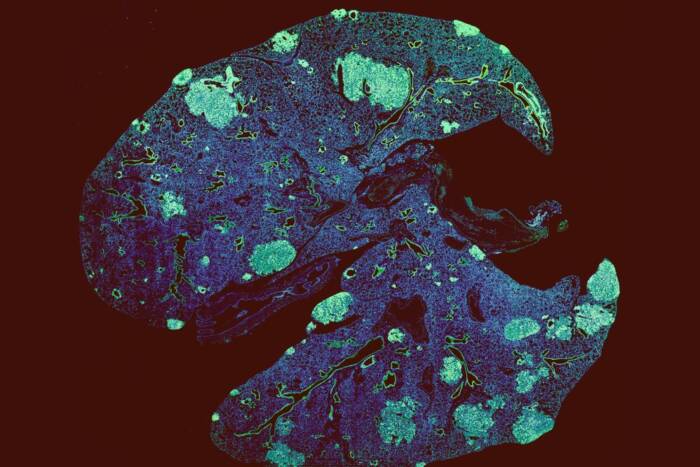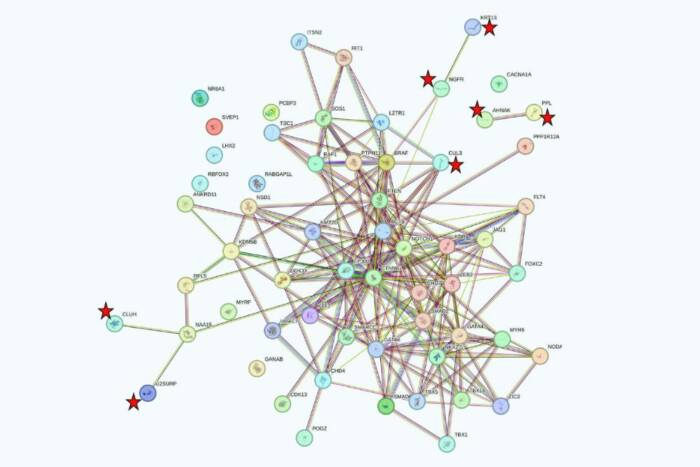In brief: Mapping the errors that disrupt heartbeat
The electrical impulses that propel the heartbeat originate on the surface of heart muscle cells, where tiny molecular channels allow electrically charged atoms to flow in and out. When these channels don’t work properly, dangerous irregularities in heartbeat, known as arrhythmias, can develop.
Now researchers at The Rockefeller University have determined the molecular structure of one such channel, KCNQ1, providing new insights about how arrhythmia can arise. As described recently in Cell, Roderick MacKinnon, the John D. Rockefeller Jr. Professor, and Ji Sun, a postdoc in MacKinnon’s lab, used cryo-electron microscopy to determine the atomic structure of KCNQ1 with another protein, calmodulin, attached to it. They then mapped the sites on KCNQ1 and calmodulin that are affected by more than 100 mutations known to cause the potentially deadly form of arrhythmia called Long QT Syndrome.
The team discovered that one of the defects alters a portion of calmodulin at its interface with KCNQ1, potentially affecting the channel’s ability to open at the proper time.



